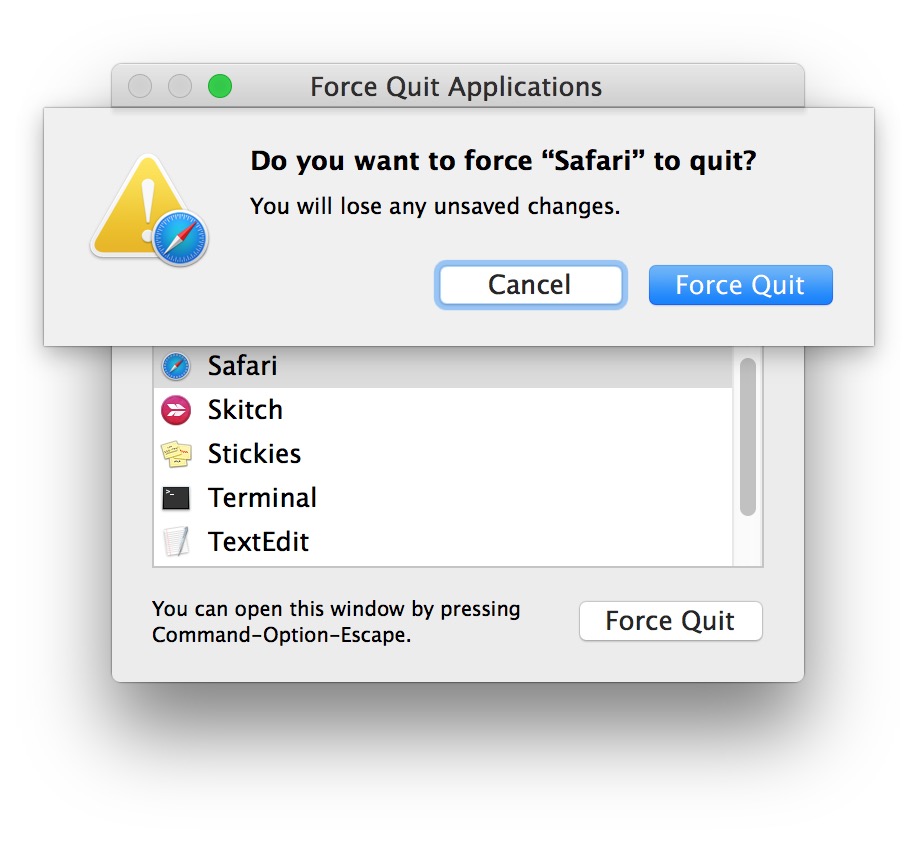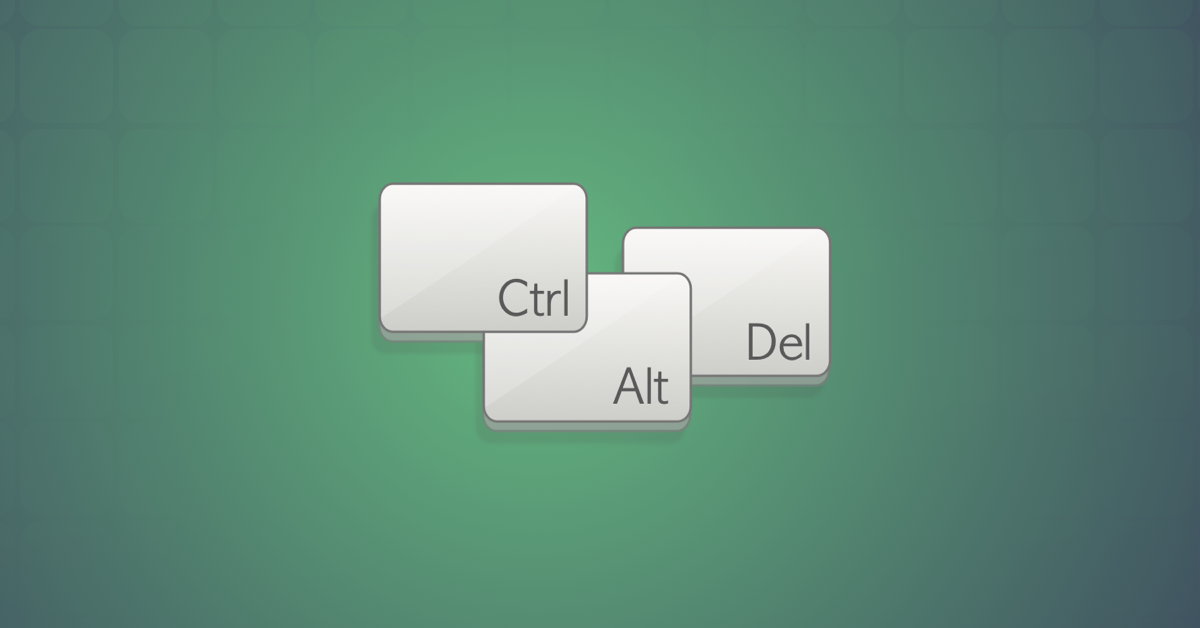

Here are some basic commands that you need to understand if you want to improve your terminal knowledge.
#HOW TO DO CONTROL ALT END ON MAC HOW TO#
From learning how to open the file via Mac terminal to terminal deletion, every single command matters. You will have to pay attention to even the smallest detail to ensure that you don't make mistakes.

The macOS terminal is a tool that requires skills and intelligence to learn.

Basic Commands and Functions of Terminal: Commands are executed inside a location, so if you don't specify a location in the command, it is automatically set to the recent or previously specified location.Therefore, you'll have to navigate using the arrow keys, and Return key. You can't use a mouse or Trackpad inside the Terminal.Every single character matters in the terminal command, even spaces, and commas.While you are using the Mac Terminal, you should know about the basic rules too. Then type the location where the file exists and add file name and location where you want to move it. The command is self-explanatory the argument tells the command the source where it should operate and the options work as a modifier for the output.įor example, if you want to move a file from one folder to another, the command used will be- mv. Every command has three components, the command itself, an argument, and an option. The most important thing you need to learn is commands.Īll you need to do is to type the command and hit Return to execute it. The best thing you can do to learn using Terminal is to start using it.
#HOW TO DO CONTROL ALT END ON MAC WINDOWS#
Just like the Windows command line, Mac Terminal is the command-line system that helps the users to take control of the operating system and make changes in it. Tips for Opening and Using Terminal on Mac.Basic Commands and Functions of Terminal.Now that you've dealt with your crashing application, you can get back to work. It'll suggest whatever program you're currently using Scroll down to "Force Quit" and it'll bring up the same task manager. Why learn just one way to force quit when you can learn two? Click the Apple logo at the top left of your screen in the menu bar. Make sure you enable auto-saving, back up your projects often, and keep your computer clean and up to date. Note: since you'll be forcing that program to quit in the middle of whatever you were doing, any unsaved data might be lost. Then just select the non-responsive program and hit "Force Quit" which will stop that program from running. This will bring up a task manager type window that looks like this: Command+Option+ESC brings you here Here's where those keys are located on a typical Mac keyboard: Just tap COMMAND+OPTION+ESC, in that order. The easiest way to force a program to quit on your Mac is a simple key sequence similar to ctrl+alt+delete. But that doesn't work on a Mac.ĭon't worry, though - there is one super simple way to force quit on a Mac (and a couple other methods you can keep in your back pocket as well). If you have a Windows machine, you can just use the familiar CTRL+ALT+DEL sequence to force quit whatever program is misbehaving. Or rather, a program we're in just stops responding. It happens to the best of us: we're working away on some important project, and our trusty computer freezes.


 0 kommentar(er)
0 kommentar(er)
